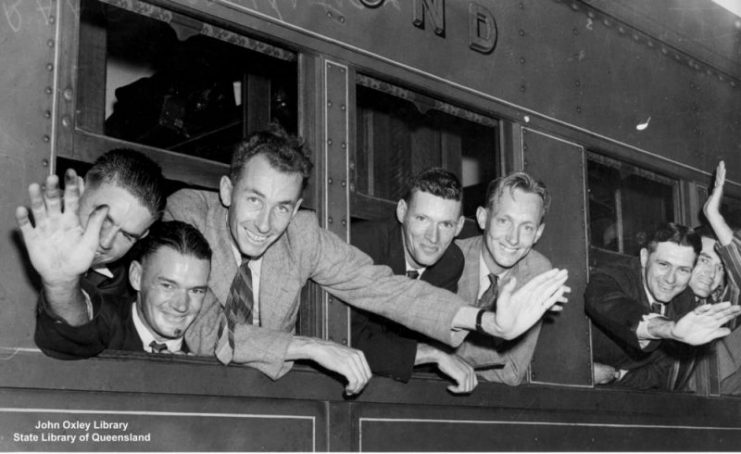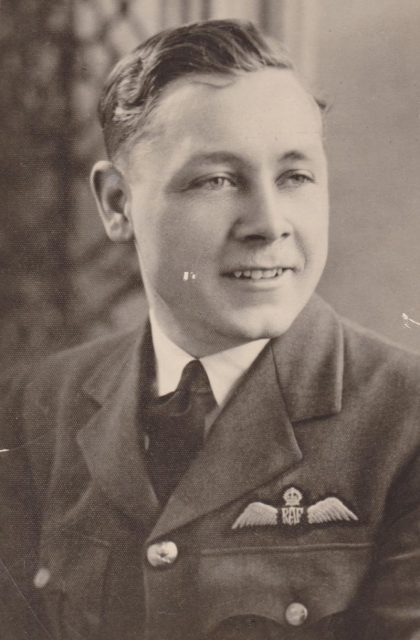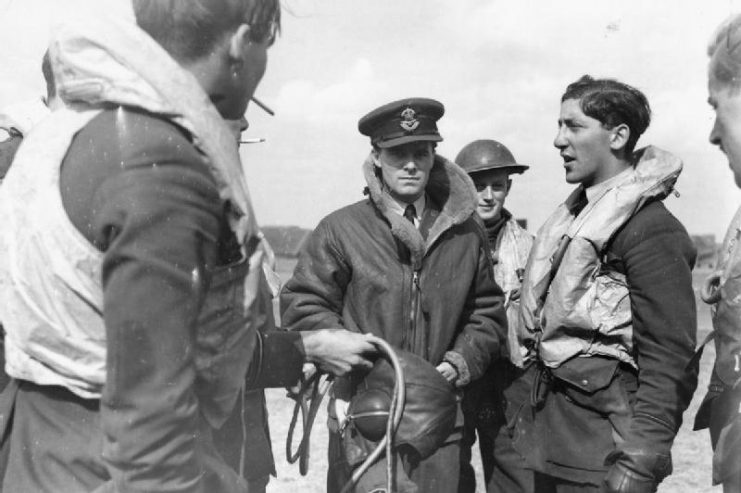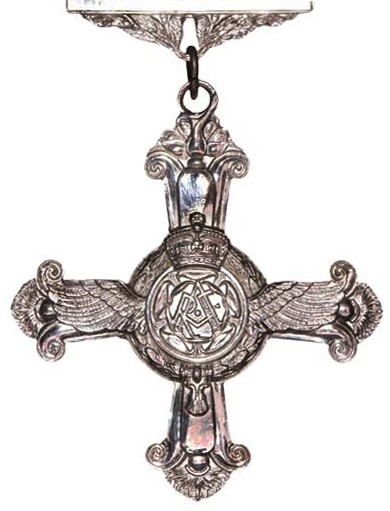The Battle of Britain wasn’t a battle fought with soldiers in trenches or tanks. Instead, it consisted of repeated fighter plane engagements between the desperate Allies and menacing Luftwaffe.
The British Army had only recently escaped from Dunkirk, so it was little prepared for an invasion. The defense of the British Isles rested with the intrepid pilots of the British Royal Air Force (RAF).
The Germans were consolidating their hold over France and wanted to soften up England for their upcoming invasion. But the often-outnumbered RAF pilots weren’t about to let them achieve their goal.
One brave pilot was Bill Millington. He was born in England but grew up in Australia. Millington tried to join the Australian Royal Air Force but was rejected. He then traveled to England and immediately signed up there.

When the Battle of Britain started, he flew with Squadron 249. When he wasn’t furiously resisting the German onslaught, he would be cheering up his mates with animal mascots.
There was a dog named “Pipsqueak” and a duck called “Wilfred” that became famous as representatives of the embattled fighter squadrons. These animals helped to keep up morale when the squadrons were flying up to three or four missions a day in exhausting and dangerous conditions.

But nothing could lighten the mood for a fight Millington found himself in on August 31st, 1940. His squadron intercepted a group of Dornier bombers being escorted by Messerschmitts. The Dornier planes were light bombers that were supposed to be so fast that they could outrun intercepting fighters.
But that didn’t happen in practice as the Hurricanes that Millington and his comrades flew could intercept them. That meant the German bombers required support from the Messerschmitts, which were more heavily armed for defense against British fighters.
![Do 17 bombers during the Battle of Britain. Photo: Bundesarchiv, Bild 101I-342-0603-25 / Ketelhohn [Kettelhohn] / CC-BY-SA 3.0](https://www.warhistoryonline.com/wp-content/uploads/sites/64/2018/06/bundesarchiv_bild_101i-342-0603-25_belgien-frankreich_flugzeuge_dornier_do_17-741x512.jpg)
Despite shaking free of his foe, he turned around and poured fire into the bombers. He even managed to shoot down another one of the escorting German fighters. That was when his engine took an enemy shell.
Smelling smoke and losing altitude, his first thought was to bail out and parachute to safety. Then he realized that his damaged plane would almost certainly crash into a small village below.

Despite receiving a thigh wound and serious burns from his burning aircraft, and knowing that the plane could explode at any second, he stayed in his cockpit and guided the fighter to a safe landing outside of the village. He freed himself from the plane and sought out medical attention.
For his bravery in the fight, his determination to shoot down enemy aircraft, and his decision to defend innocent life at great risk to himself, he was awarded the Distinguished Flying Cross. After he healed from the thigh wound and severe burns, he returned to his unit. He died in combat in October of 1940.

Read another story from us: Carrots Improve Your Night Vision: Fact or Propaganda From the RAF?
There are so many brave men that flew during the Battle of Britain that it becomes tough to bring meaning to the words we often use every day. But their courage, determination, and fortitude in the face of great danger have earned the British RAF every bit of praise that they receive.
Despite being outnumbered against a victorious foe, they flew straight into enemy fire. Even when their planes were heavily damaged, and the pilots were literally on fire, they still managed to save lives and destroy enemy aircraft.
